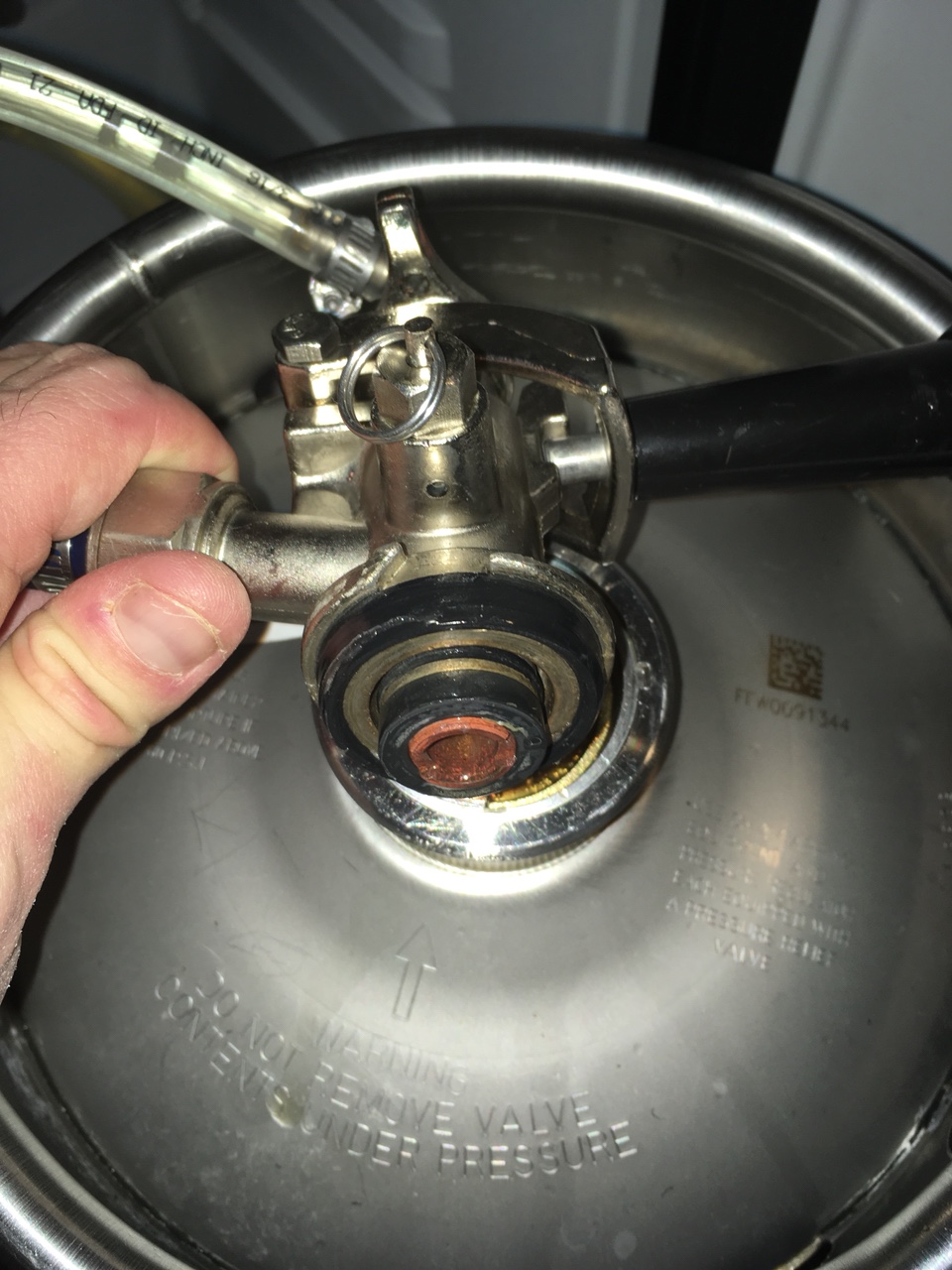I have been running sanke kegs for about a year now on my 2 tap kegerator and have been unable to work out the kinks myself after much trial and error. 100% foam pours and flat beers have me pulling my hair out and I would appreciate any advice. This is a standard cheap kegerator meant to hold 1 full size sanke keg. I modified the tower to accommodate 2 faucets. 1 regular perlick and 1 flow control. I force carb new beers at 35 psi for 24 hours and then drop pressure to 12 psi. I seem to always have a keg that settles pressure nicely with properly carbed beer and the other will just foam like crazy.
Using 3/16 inner diameter beverage tubing I have tried run lengths of 3,5,10 and 12 feet for the beer lines at serving pressures of 5, 10 and 15 psi with no combination showing any real improvement. I have switched couplers, bought new ones, and tried each keg and each coupler with each faucet.
One specific variable I would like knowledge on and can’t seem to find info is regarding one of my two kegs, it was originally a sanke WINE keg and somehow I just noticed this. Is there something different in the spear/valve that would knock all the co2 out of solution? The foamy beers are always carbed in exactly the same manner but never taste/feel carbonated in the glass. They will pour a 20oz glass full of foam with about a finger of beer at the bottom, I can see a fair amount of bubbles throughout the line. Single bubbles very slowly coming into the line from the keg side when not pouring and mostly foam entering the line from the keg end when pouring. I usually pour just a bit at a time until I can get it to settle to 2/3 of a glass or so, give up and drink the semi-flat beer. I had never noticed if it was the specific wine keg I was getting all foam from but I really have no other ideas at this point. Any helpful info or experience? I don’t brew too often but next time I keg I will for sure take notice if it’s the wine keg that foams again. Or, am I just getting un-lucky and over-carbing one of the two somehow?
Using 3/16 inner diameter beverage tubing I have tried run lengths of 3,5,10 and 12 feet for the beer lines at serving pressures of 5, 10 and 15 psi with no combination showing any real improvement. I have switched couplers, bought new ones, and tried each keg and each coupler with each faucet.
One specific variable I would like knowledge on and can’t seem to find info is regarding one of my two kegs, it was originally a sanke WINE keg and somehow I just noticed this. Is there something different in the spear/valve that would knock all the co2 out of solution? The foamy beers are always carbed in exactly the same manner but never taste/feel carbonated in the glass. They will pour a 20oz glass full of foam with about a finger of beer at the bottom, I can see a fair amount of bubbles throughout the line. Single bubbles very slowly coming into the line from the keg side when not pouring and mostly foam entering the line from the keg end when pouring. I usually pour just a bit at a time until I can get it to settle to 2/3 of a glass or so, give up and drink the semi-flat beer. I had never noticed if it was the specific wine keg I was getting all foam from but I really have no other ideas at this point. Any helpful info or experience? I don’t brew too often but next time I keg I will for sure take notice if it’s the wine keg that foams again. Or, am I just getting un-lucky and over-carbing one of the two somehow?




![Craft A Brew - Safale S-04 Dry Yeast - Fermentis - English Ale Dry Yeast - For English and American Ales and Hard Apple Ciders - Ingredients for Home Brewing - Beer Making Supplies - [1 Pack]](https://m.media-amazon.com/images/I/41fVGNh6JfL._SL500_.jpg)


























































